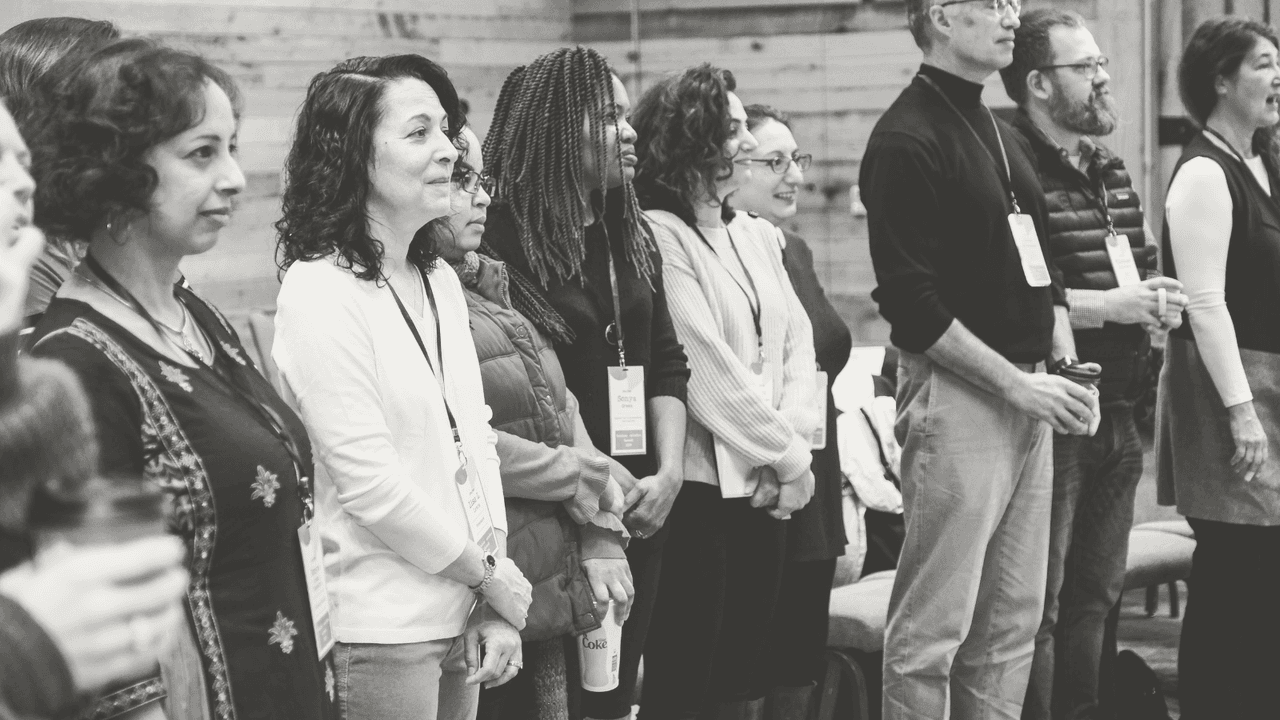
Insights
3 questions to Emilie Brouze

The following Q&A session is part of the 22nd edition of our monthly newsletter "Solutions, Explained".
In each edition, we like to bring you behind the scenes of our Solutions Journalism Accelerator. This time, we would like to share with you Emilie Brouze’s work as an ambassador for solutions-based journalism in France. Emilie works as a journalist for the news magazine Le Nouvel Obs, based in Paris. She mostly covers the environment and the consequences of climate change.
Download the newest edition and third edition from our Solutions Journalism Guides:
Solutions Journalism: an introduction to solutions-focused development reporting

1) What interests you about solutions journalism? Where/when have you first heard about it?
Solutions journalism forces us, as journalists, to change our approach: we investigate responses to a social problem rather than only analysing what does not work and why. I think it is also a way to fight news avoidance and connect with the audience. Anxiety is one of the factors of news avoidance and solutions journalism gives readers other stories in a more constructive approach. It is especially true, I think, when covering the environment.
2) Can you please describe your project as an ambassador for solutions journalism?
With some colleagues at Le Nouvel Obs, we chose to explore what solutions exist to capture and stock more carbon, whether it is actions to protect or restore natural ecosystems (nature-based solutions) or carbon removal systems. It has never been so vital to mitigate climate change, so these questions are topical…
We published the first article in the magazine about Posidonia, an aquatic plant which forms large underwater meadows in the Mediterranean Sea. They absorb our greenhouse gas emissions more efficiently than the Amazon forest! Their protection is the subject of a vast mobilisation on the French coast.
We have also published a story about French forests which absorb less and less carbon. This is worrying: it could be a threat because it jeopardises the achievement of our climate objectives. We ask ourselves: planting a billion trees, as wanted by the president, is it a good solution? Another colleague is now working on how agricultural fields can act as a carbon sink - something that is unknown.
3) Why is solutions journalism relevant when reporting on the consequences of climate change?
Climate anxiety can paralyse people from taking action. Solutions journalism is relevant when reporting on the consequences of climate change, because it allows us to put a spotlight on what is working and it gives the reader another perspective. It is also useful to investigate what is presented as responses - what’s behind it? Covering climate change is not only about the impact but also about adaptation measures to the consequences of climate change. For instance, how are coastal cities anticipating the inevitable rising sea levels? How do cities get prepared to face extreme heat?
Emilie would be happy to work with other journalists in Europe on environmental topics around solutions journalism so do not hesitate to contact her if you are interested to.
Please make a contribution today
Your support will help us continue providing the kinds of opportunities journalists tell us they rely on
Would you like to have a direct conversation about making a donation? Please get in touch.
